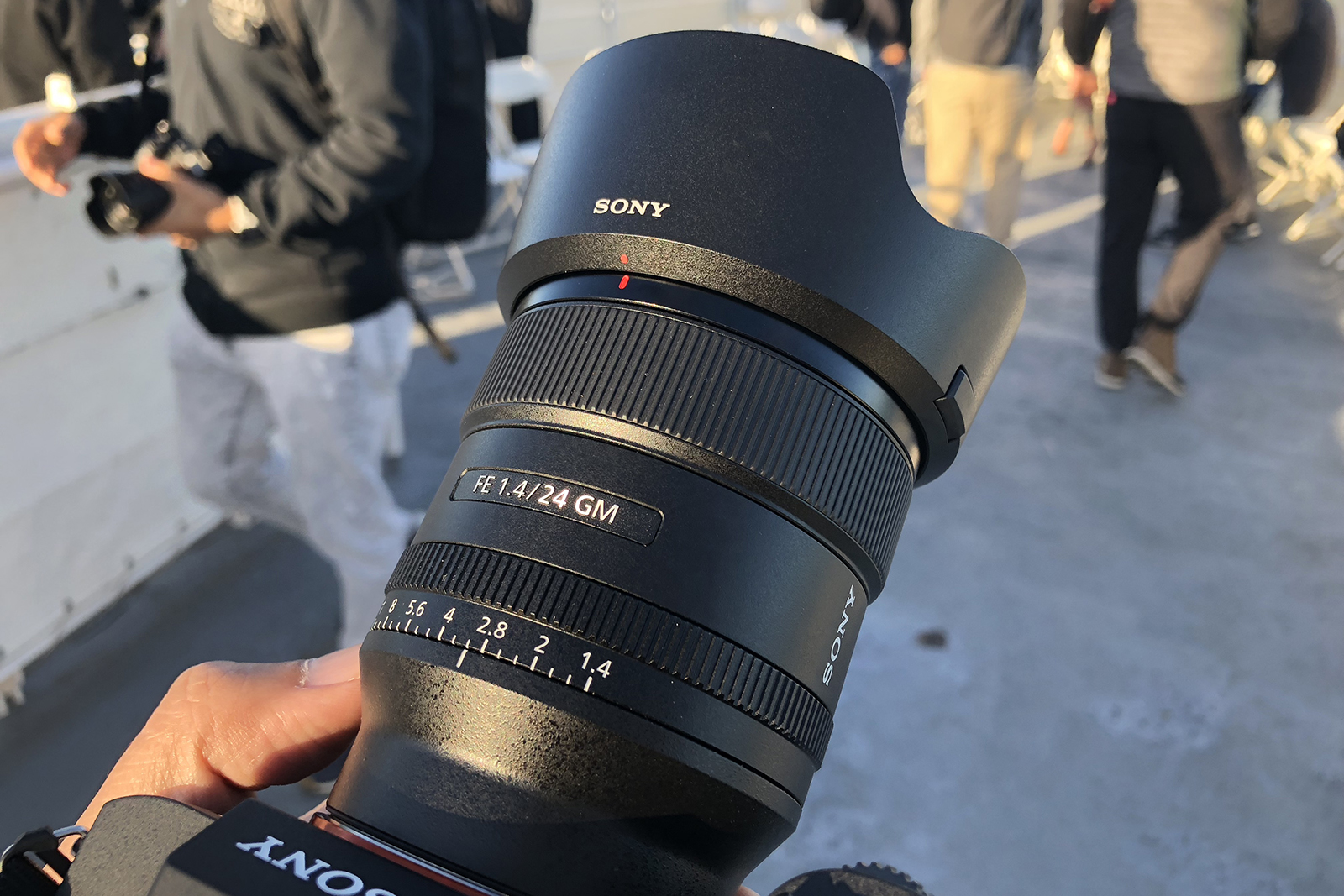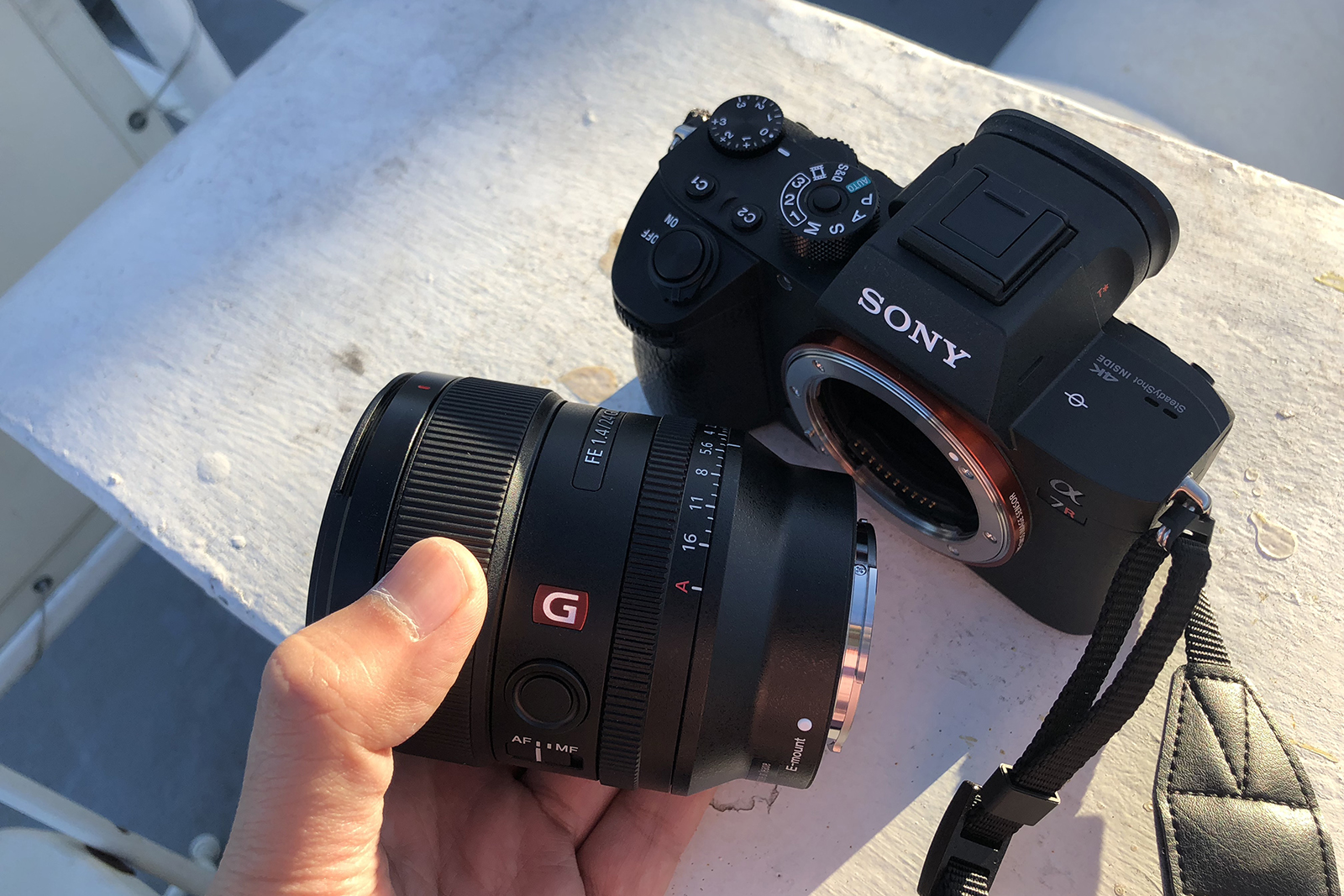Sony launched the 30th native E-mount lens today with flare — or rather the lack of it. The Sony 24mm f/1.4 G Master lens uses primary Extreme Aspherical (XA) glass to suppress aberrations and flare. The lens, announced on Thursday, September 20, also uses a newly designed autofocus motor for faster, precise focusing.
Most lens manufacturers place the aspherical lens elements in a secondary position in the lens, but Sony’s latest E-Mount uses the XA glass in primary positions at both the very front and very rear of the lens construction. The change, Sony says, helps further squelch chromatic aberration, while also creating smooth bokeh. The design can also help eliminate sagittal flaring, which can create diamond-shaped stars in astrophotography, and it enhances sharpness and contrast.
The Sony 24mm f/1.4 G Master also houses the company’s latest autofocus motor, a new direct drive supersonic motor (DDSSM). Sony says the new motor improves speed and precision while also reducing noise. The motor also intentionally “wobbles” for quiet continuous autofocus while recording videos, Sony says. The autofocus can lock on as close as about 10 inches away from the subject.
The lens is constructed from 13 elements in 10 groups with an 11-blade aperture. Sony says the lens delivers the bokeh and edge-to-edge sharpness that’s the focus for the Master G series.
Compared to competing 24mm f/1.4 lenses, Sony says the new G Master lens is lighter and smaller, weighing in at just under a pound. The lens is weather-sealed to resist dust and moisture. The click ring aperture can also be disabled for videos.
In our early hands-on experience with the lens, the new 24mm feels well made and light. Pairing the lens with the Sony a7R III, we shot some nice photos at f1/.4 with excellent bokeh as well as sharp handheld shots at f/11. While the lens feels like a solid landscape lens, the eye AF also produced nice portraits.
Sony says that the lens is designed for high resolution — and not just for current E-Mount cameras but future bodies as well. The Sony 24mm f/1.4 G Master will be available beginning in October with a $1,400 list price.
Editors' Recommendations
- New Rokinon AF 75mm f/1.8 FE is light in weight, and probably price
- Sony’s new ultra-wide, ultra-bright lens is the widest E-mount prime yet
- Sigma’s Art series continues trek into mirrorless lenses with new 24-70mm f/2.8






